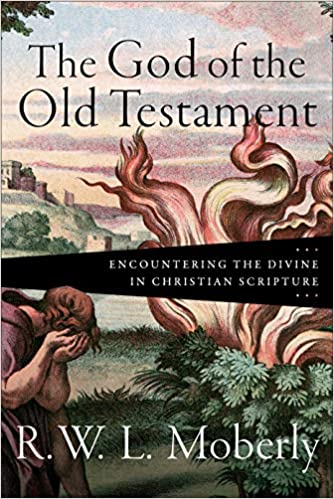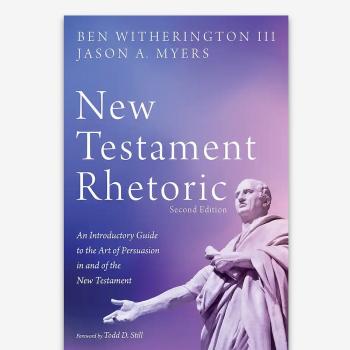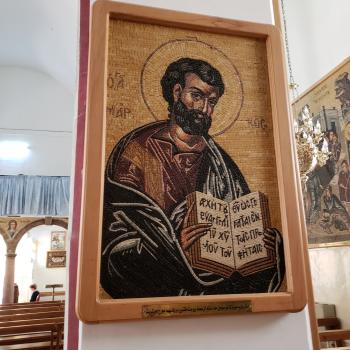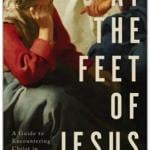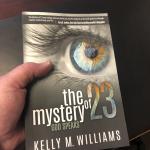Q. I was glad to see you tackling the conundrums of the story of Cain and Abel, which do indeed suggest other human beings are on the face of the earth, and this is implied before any mention in Gen. 5 that Adam and Eve had further children. Have you considered that the way to look at such stories is that they are stories told to explain the origins of God’s people, the Hebrews and not necessarily everyone on planet earth? The OT, after all, only mentions other people groups such as Philistines or the like insofar as they interact with the line of humanity from which the patriarchs and Israel comes. It is indeed a very ethnocentric narrative after all. And it would not be at all surprising that in such an insular narrative that ‘the earthman’ Adam was seen as the federal head of the whole race, even though the whole race didn’t actually originate from him? If this is the way to read the story, then there is no problem with Cain or Abel finding wives from other people groups, or going and founding a town or needing protection from harm from outsiders and so on. And the interesting bonus to this sort of reading of the narratives is that it does not conflict with the anthropological evidence that the human race originated in various places on earth including in the fertile crescent and in Africa etc. How does this strike you? This theory would also eliminate the need to suggest that various layers to the story exist, some of which reflect later realities.
A. We agree on the problem – that aspects of the story of Cain and Abel are at apparent odds with its context at the beginnings of life on earth. But I think we disagree on the best way of resolving it.
Your proposal has a weighty pedigree. It received a lot of mileage after its advocacy by Isaac La Peyrère in the C17. (I discuss it briefly in my Theology of the Book of Genesis, 25-28). I can only say that I do not find it ringing true to the biblical narrative, which is naturally read with Adam as the ancestor of all life on earth (and Eve as the mother of all living, Gen. 3:20). The Flood is also clearly a universal flood that undoes creation everywhere before a new start.
My proposal is not really that the story has “various layers”, but rather that the best resolution to the problem is the supposition that a story that originated in the context of regular life on earth and incorporated features of that regular life in its telling has now been moved to a context at the beginnings of life on earth, to serve the purpose of providing a lens through which to read much of what follows. I think that such movement of stories is not uncommon in premodern literature. If such was a meaningful literary convention, then why not have an inspired example of it in Scripture?
Again, this boils down to judgments about what kind of literature we have in the OT and how it operates. Decisions here are not straightforward, and much more can be said – on another day!


